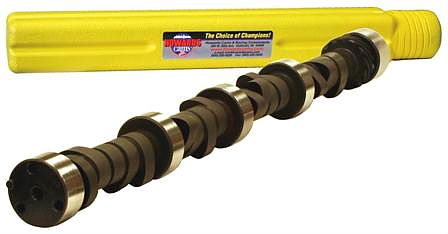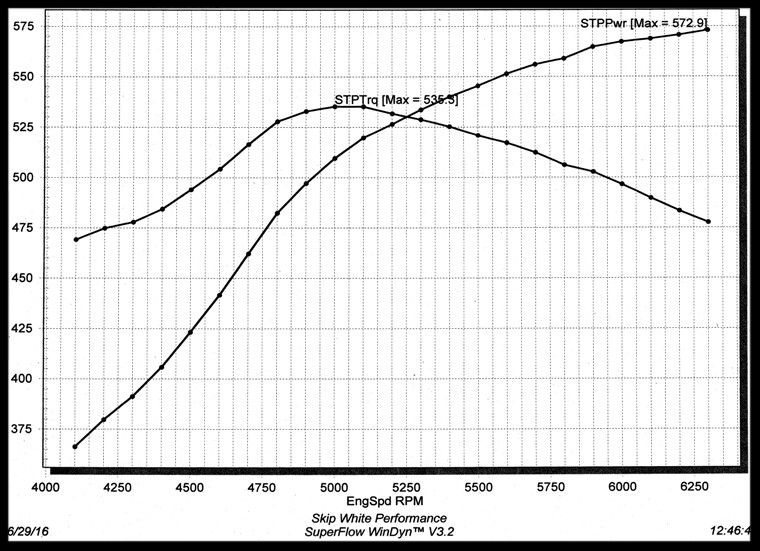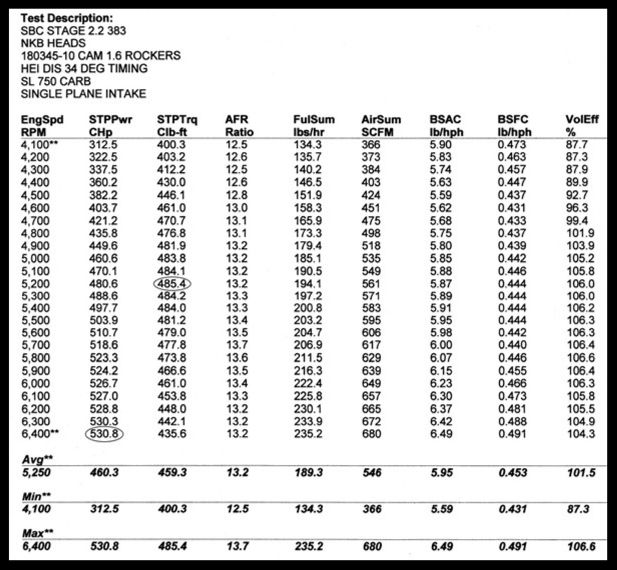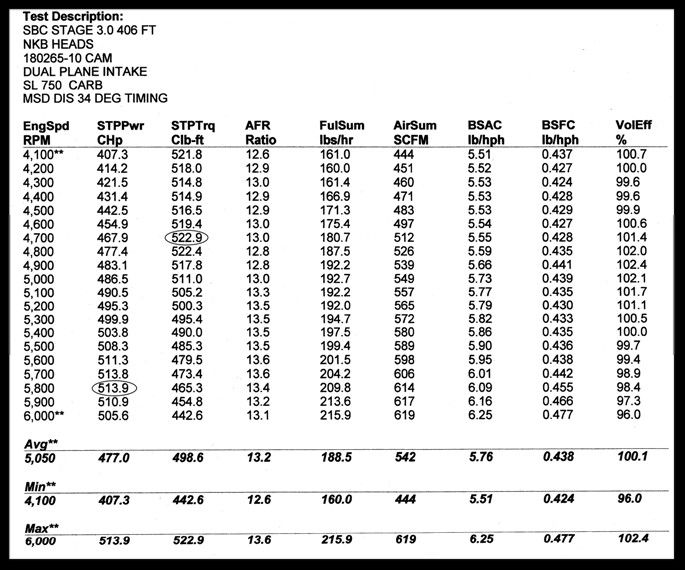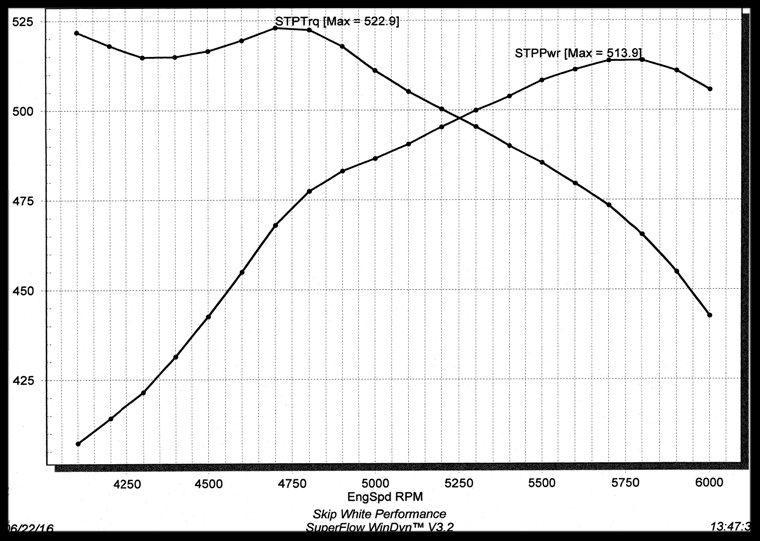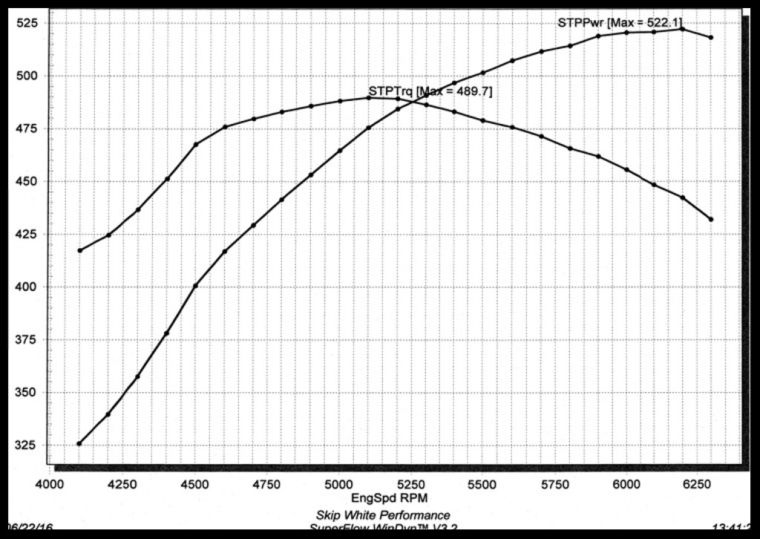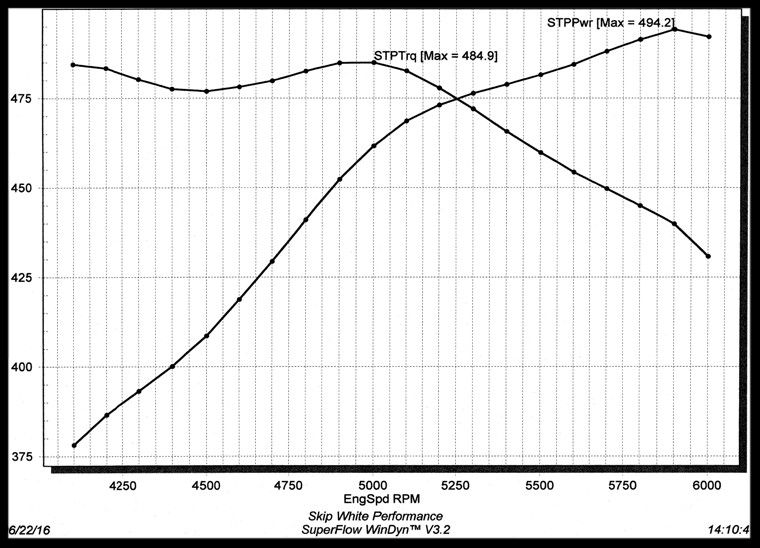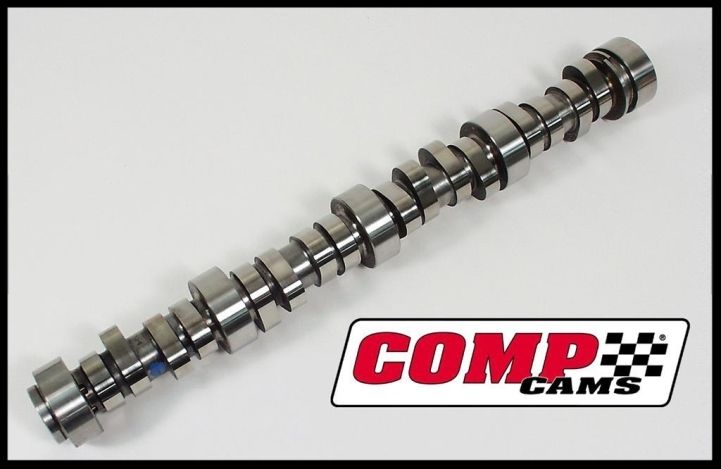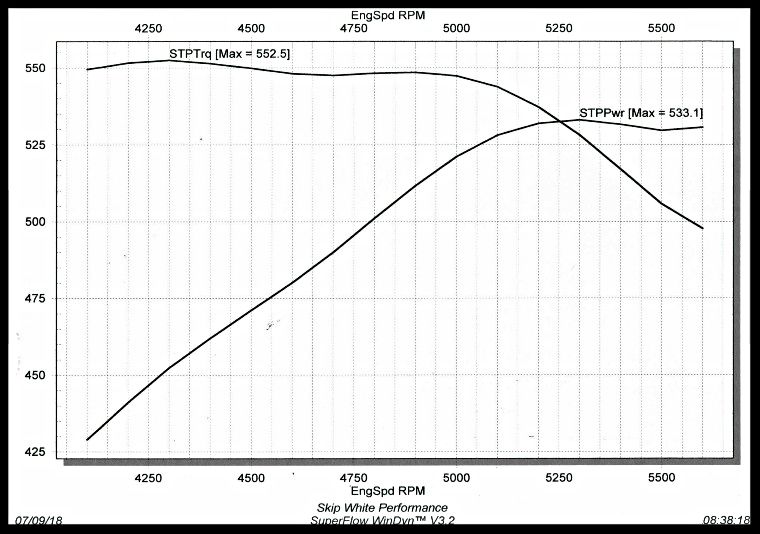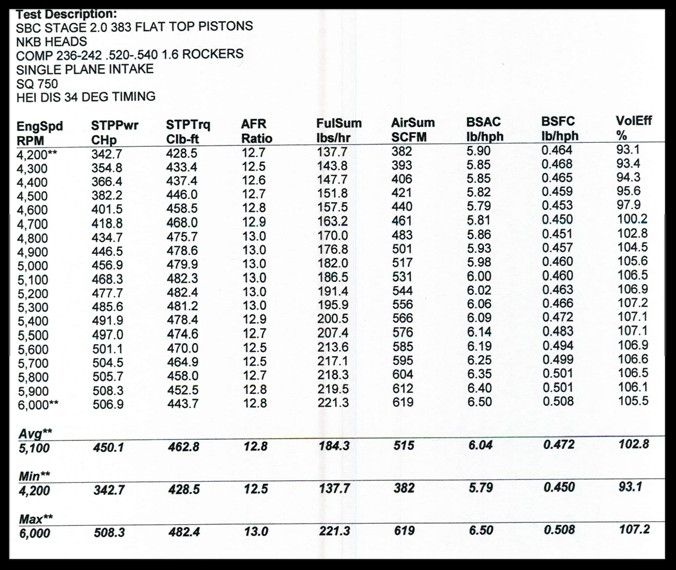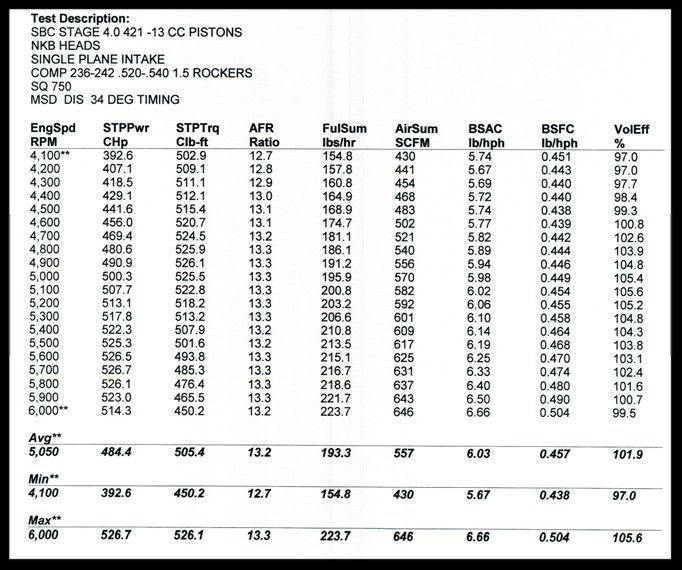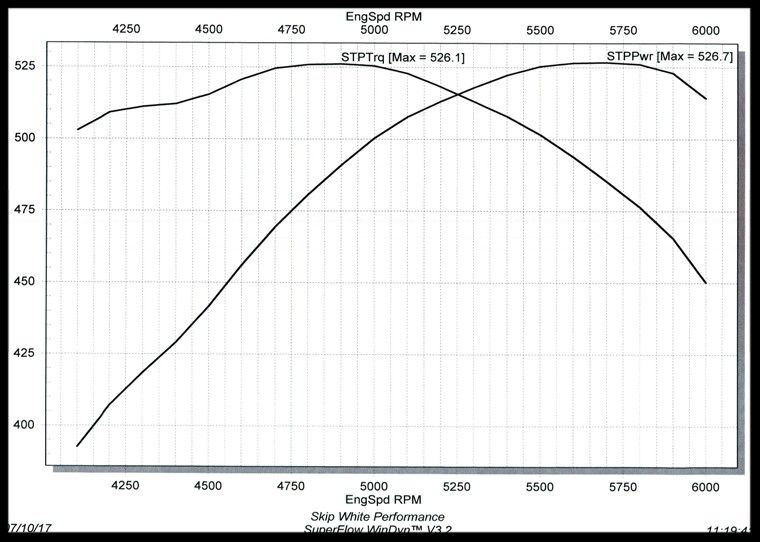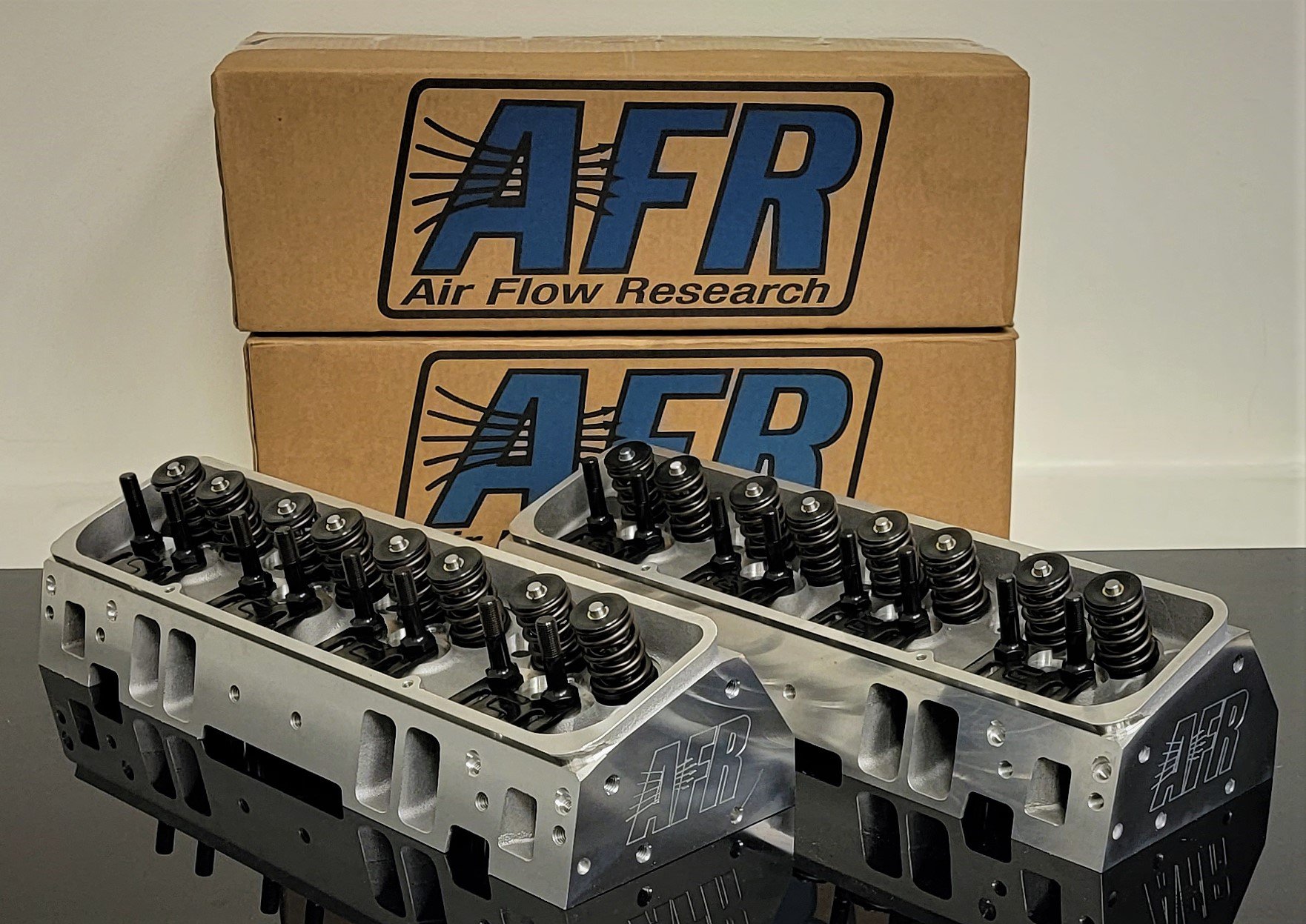
AFR ENFORCER 200cc HEADS CHEVY 350 383 65cc ANGLE PLUG 274-AFR
$1,127.16
Available
Variants:
7/16" Rocker Studs3/8" Rocker Studs [247-AFR-3-8]
|
I'm sure many of you have noticed there were 2 high performance engine builders in Kingsport, TN with similar names, leading to a great amount of confusion.
We are Skip White Performance, NOT White Performance and Machine or Marine
|
|
Attention Valued Customers!
When it comes to highly technical questions, our sales team at Skip White Performance might not always have the detailed answers you're looking for, especially on topics like installation procedures or tuning.
For those with detailed or specific questions, we strongly recommend checking out automotive forums and communities where these products are frequently discussed. These forums are a treasure trove of information and can provide the expert advice you need. Additionally, YouTube has countless tutorials and guides that walk you through the installation process and other technical details.
Please note: While we're here to provide top-notch products, we cannot be held responsible for any damage resulting from the use or installation of this product. Make sure to do your research and proceed with caution!
Thank you for choosing Skip White Performance!
Disclaimer
Skip White Performance is not liable for any collateral damage or incidental issues arising from the use or misuse of our products. High-performance parts are intended for experienced professionals and enthusiasts. Use at your own risk.Product Information
| Product Type | Shipped Product |
|---|---|
| Price (excl. tax) | $1,127.16 |
| Price (incl. tax) | $1,127.16 |
| Tax | $0.00 |
| Availability | Available |
| Shipping Cost | 0.0 |
| Number of reviews | 0 |
Customer Reviews
This product does not have any reviews yet.
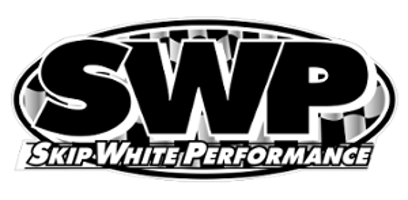

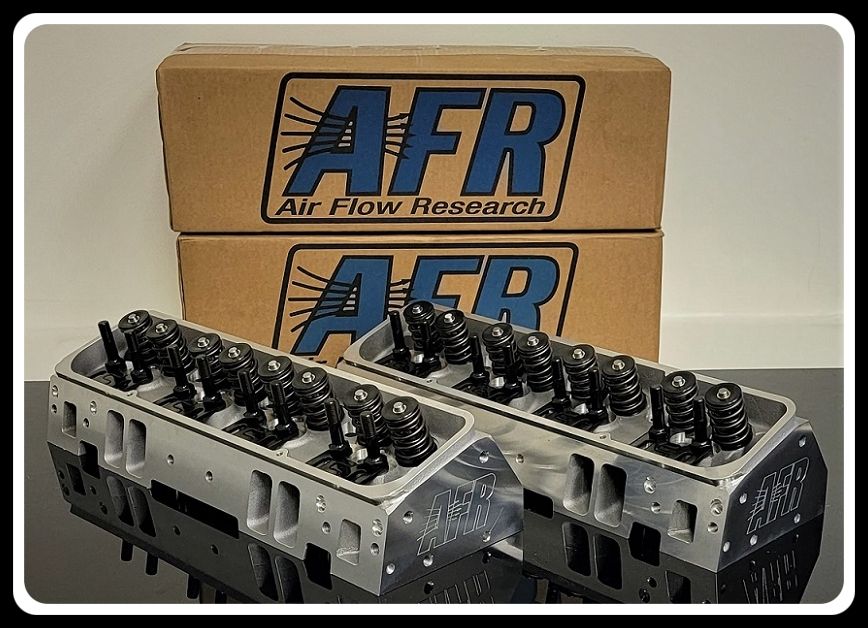
.jpg?width=1920&height=1080&fit=bounds)
.jpg?width=1920&height=1080&fit=bounds)
.jpg?width=1920&height=1080&fit=bounds)
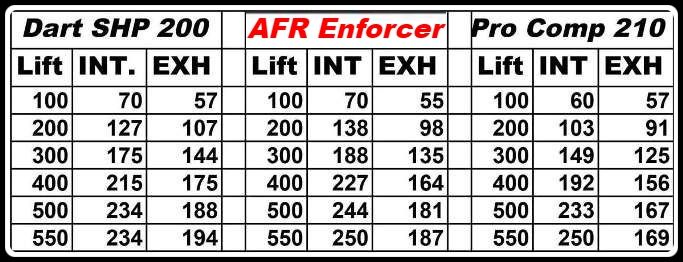
.jpg?width=1920&height=1080&fit=bounds)
